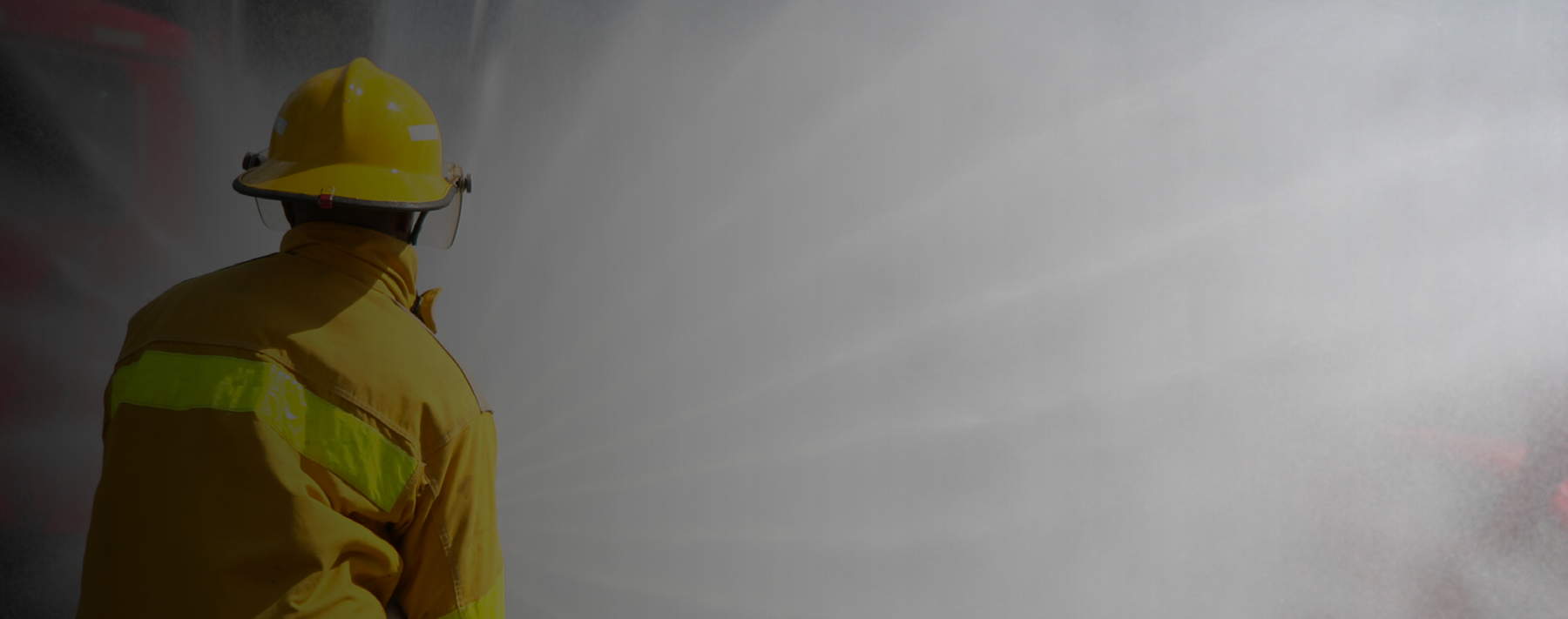The fire service is often described as a “brotherhood”—the implication being that firefighters watch out for and support each other. In many fire departments, the brotherhood is alive and well. But in too many firehouses across the country, the reality is more complex. In a recent webinar, 84% of respondents indicated they had observed or been the victim of bullying in the fire service. And a quick check of headlines reveals no shortage of news stories about firefighters being sexually harassed, hazed and retaliated against.
Bullying is found in many workplaces, but the impact can be greater on firefighters because the station is like a second home, where firefighters cook, clean and even sleep side by side. Fortunately, fire service leaders have begun to understand the negative impact of bullying and harassment and many are taking steps to reduce such behavior. Following are 10 strategies identified in the webinar, which was presented by Deputy Chief Billy Goldfeder, Chief I. David Daniels, Chief Colleen Walz and Chief Joanne Hayes-White.
1. Identify the behavior
Although bullying is often used in a general sense to describe all types of harassing behavior, there are important differences in the terms we use—differences that can have a legal impact.
- Hazing is abusive or humiliating tricks and ridicule directed at new members of the department
- Bullying is repeated mistreatment; threats, humiliation or intimidation; work sabotage
- Harassment is verbal or physical conduct that creates an unpleasant or hostile situation (usually toward a protected class)
- Workplace violence is verbal, physical or sexual assault
When assessing a specific situation or educating personnel about inappropriate behaviors in the firehouse, it’s important to distinguish between these terms.
2. Acknowledge the leader’s role
According to the Workplace Bullying Institute, 61% of bullies are bosses. Sometimes, this is the result of an overt use of power. But there are less insidious reasons as well. Chief Daniels notes that many leaders in the fire service were bullied themselves when they were moving up through the ranks. They may believe that such behavior is the way to get results. That’s why it’s important for fire service leaders to assess the cultural influences that shaped their leadership philosophy and the tone they’re setting in their departments. Equally important is providing early education to company officers on what bullying and harassment are and how to stop them.
3. Prevent retaliation
Although the ultimate goal is to stop bullying in the first place, equally important is a fire department’s response when such behavior is seen or alleged. Chief Walz notes it’s essential to have policies and procedures in place to ensure firefighters who come forward with information or accusations are not retaliated against. This includes instructing others with knowledge of the situation what constitutes retaliation—an unwelcome shift or station change, the denial of a promotion, shunning the accuser or encouraging others to do so, giving the firefighter an undeserved poor performance review. Many instances of bullying and harassment can be dealt with effectively, but if they progress to retaliation, the consequences for everyone involved become much more severe.
4. Confront the behavior
Too often when firefighters observe bullying behavior or even when they’re victims of it, they don’t confront the bully. It takes personal courage and individual responsibility to call someone out for bad behavior—it’s often easier to “go along to get along”—but it’s critical to creating lasting change in the fire service. It’s also key to correcting behavior before problems become so big they cause career or legal repercussions. A company officer who puts a swift end to teasing that’s going too far is less likely to have a true bully on their crew. Note: How you confront behavior will depend on the severity of the situation. A firefighter who feels physically threatened or psychologically abused will need to go through formal channels to confront their accuser.
5. Train and educate company officers
Company officers are the first line of defense in stopping bullying and harassment in the fire service. They spend a lot of time with personnel and observe the interactions between firefighters. Fire departments need to ensure company officers are trained to recognize bullying, empowered to step in, and have access to a process for reporting inappropriate behavior. Regular training on bullying, harassment and inclusivity should be provided to company officers and leaders should engage them in conversations about crew dynamics.
Bullying is carried out against those identified as “other”—it may be the way they look, the interests they have, their gender or ethnicity, or any characteristic that doesn’t fit with the group dynamic.
6. Involve the safety officer
Your department likely has one or more safety officers designated to watch out for the wellbeing of firefighters. Typically, this means responsibilities such as checking for unsafe acts, ensuring proper PPE is being used, advocating for annual physicals and the like. But Chief Daniels points out there’s no reason the safety officer shouldn’t be involved with anti-bullying efforts. After all, being treated badly at the station can compound other types of trauma, elevating a firefighter’s risk for PTSD, depression and suicide. Safety officers should be trained to notice and intervene.
7. Establish proper policies
Chief Goldfeder notes that clearly written policies also play a key role in reducing bullying and harassment in the fire service. Your policies need to make clear that discriminatory behavior, harassment, bullying and hazing are unacceptable. Some departments write individual policies for each of these areas; others cover them in a “code of conduct” policy. However you do it, make sure the policy language is unambiguous and track policy acknowledgement by your firefighters. Think beyond the obvious, too. If you have women in your department, eventually some of them may become pregnant. Do you provide for a light-duty option when they can no longer respond to fires? What’s the process for returning to duty, and do your company officers know about the federal requirement to provide time and space for nursing mothers to express breast milk?
8. Expand recruitment
Bullying is carried out against those identified as “other”—it may be the way they look, the interests they have, their gender or ethnicity, or any characteristic that doesn’t fit with the group dynamic. For this reason, one of the more powerful long-term strategies to combat bullying is to make your fire department more diverse. As the group embraces diversity, the notion of “otherness” fades. Fire departments can do this by recruiting in different places than they have traditionally. They should equip all firefighters with recruitment material and instruct them to be on the lookout for potential recruits when on call. And fire departments should reexamine their recruitment messages, too, to ensure the messages will connect with qualified applicants who bring different experiences and backgrounds to the job. Finally, it’s important to look at the non-minority candidates you’re recruiting. It’s not just about flooding your ranks with women and people of color; it’s about ensuring everyone you’re hiring supports the mission of building an inclusive fire department.
9. Establish promotional guidelines
Just as diversity in the rank-and-file can reduce bullying, diversity in leadership can be a powerful antidote. Too often, however, people who are “different” feel shut out of the promotional process. Fire departments can address this by establishing transparent, impartial promotional guidelines and publicizing them widely. Chief Hayes-White notes that because the fire service has so long been dominated by white men, you may need to take an extra step and encourage QUALIFIED women and people of color to consider testing for promotion. Note this is not favoritism or a promise they’ll get the job. It’s asking whether they might be interested, encouraging them to think about it.
10. Preserve worthy traditions
One criticism that often comes up when we talk about a more inclusive fire department is that exclusivity comes at the expense of fire department traditions. Those who came up in the department from a young age may resent changes. “I paid my dues as a rookie, now you’re saying I have to treat the new guy with kid gloves.” Fire department leaders need to be prepared for this type of pushback. Involve union and volunteer leadership in policy changes and talk openly about what’s changing and what’s not changing. Some past practices are downright harmful and don’t have a place in a progressive, modern department. The challenge for leaders is to respect tradition while being unafraid to push the department forward.
Want to learn more strategies to reduce bullying and harassment in the fire service? Check out the complete on-demand webinar here.



